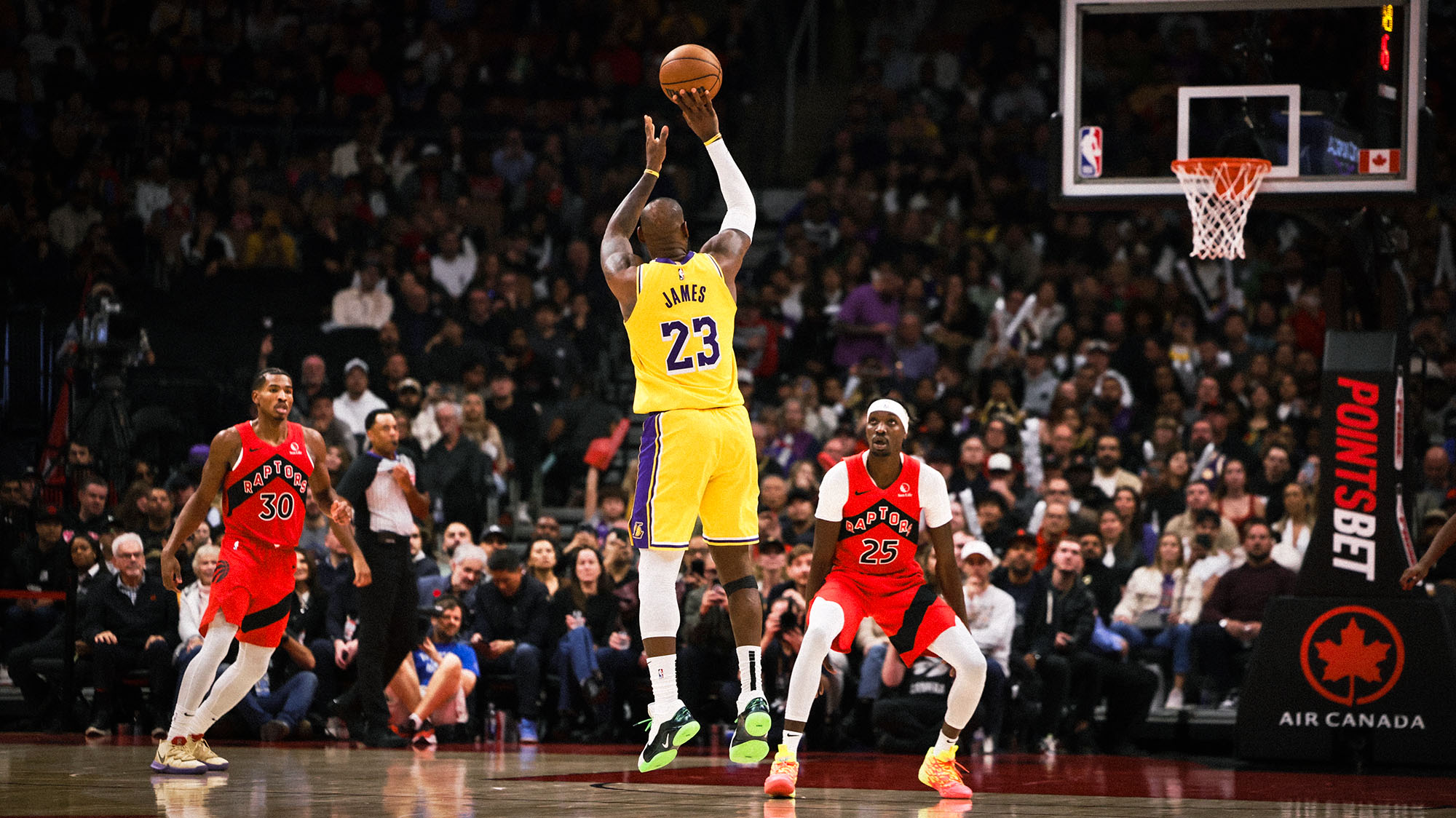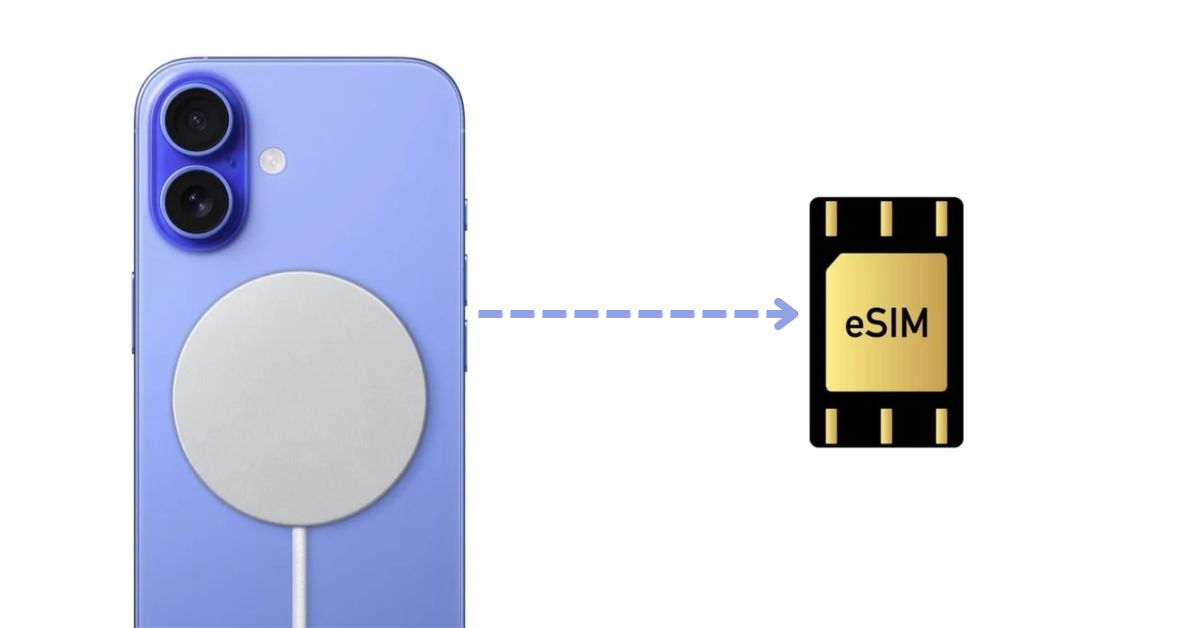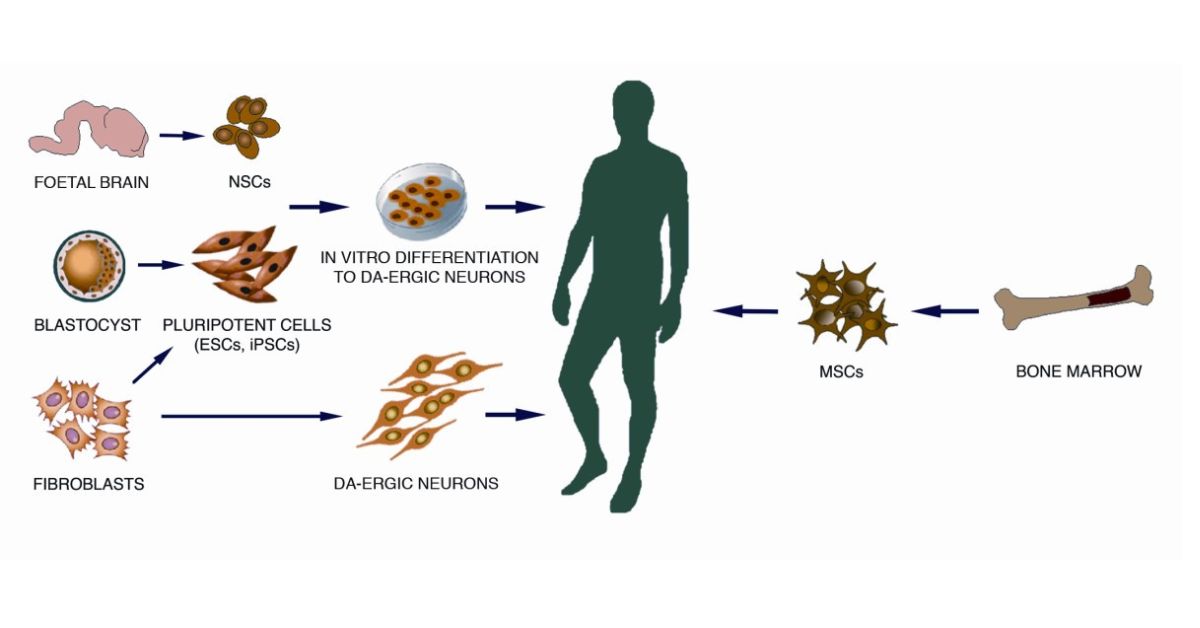Four Australians lost $500,000 overnight in a coordinated cyberattack targeting some of the nation’s largest superannuation funds. Breaches at AustralianSuper, Rest, Hostplus, Australian Retirement Trust, and Insignia have left many Australians in shock, with 1 in 6 Australians unable to access their super accounts due to the attack.
This large-scale breach has not only resulted in stolen funds but has also exposed sensitive personal data for thousands of Australians. If you’re a superannuation holder, it’s critical to understand what happened, how to secure your account, and what steps to take to prevent further damage.
Which Super Funds Were Hacked?
Several major superannuation funds were targeted in this breach. Here’s a breakdown of what happened to each fund:
| Super Fund | # Accounts Breached | Money Stolen | Key Issue |
|---|---|---|---|
| AustralianSuper | 600 | $500,000 stolen from four accounts | Password theft |
| Rest | 20,000 | Personal data leaked | Credential stuffing attack |
| Hostplus | Unspecified | No funds lost (yet) | Unusual login activity |
| Australian Retirement Trust | Unspecified | No funds lost | Unusual login activity |
| Insignia | Unspecified | Currently under investigation | Unusual login activity |
AustralianSuper
Hackers targeted 600 accounts, gaining access through stolen credentials. At least four individuals suffered financial losses totaling $500,000—a devastating blow to their retirement savings.
Rest
Rest reported that 20,000 accounts were breached, resulting in personal data leaks. While no funds have been reported stolen, the information leak poses a significant phishing and identity theft risk.
Hostplus & Australian Retirement Trust
Both funds detected unusual login activity, but there have been no confirmed financial losses so far. However, these incidents are significant warnings of potential vulnerabilities.
Insignia
Investigations are still underway regarding Insignia’s breach. Early signs suggest possible credential-stuffing attempts similar to other funds.
How Did the Hack Happen?
The breach exploited poor security practices and outdated protocols. Here’s a closer look at how the hackers succeeded:
Credential Stuffing
Attackers used stolen passwords obtained from past data breaches to access super accounts. If members reused passwords across multiple platforms, they were especially vulnerable. This attack isn’t sophisticated but is highly effective when paired with lax security measures.
Lack of Multi-Factor Authentication (MFA)
Many funds did not enforce multi-factor authentication (MFA), which adds an extra layer of security. A simple prompt for users to verify their login with a phone app or SMS could have stopped the attack.
Expert Insight:
“This was an unsophisticated attack. Basic security protocols, like enforcing MFA, could’ve stopped it,” says cybersecurity analyst Lisa Brown.
What Should Affected Members Do?
If you believe your account has been impacted or want to safeguard it moving forward, here are the steps you should take immediately:
Immediate Steps
- Check Your Account Balances
Log in to your super account and review recent transactions for unauthorized withdrawals. Report any suspicious activity to your fund right away.
- Change Your Passwords
Use a unique, strong password for your super account. Avoid reusing old passwords or passwords used on other platforms. Consider using a password manager for added security.
- Enable MFA (If Available)
Activate multi-factor authentication immediately to prevent future unauthorized access.
- Beware of Phishing Scams
Hackers may exploit this situation by sending phishing emails or SMS pretending to be your super fund. Avoid clicking on suspicious links and always contact your fund via official channels.
Will Victims Get Their Money Back?
For most Australians affected by the breach, there is some reassurance:
Insurance Coverage
Most super funds have fraud insurance policies in place. This means affected members are expected to be reimbursed for their losses. However, the process may take time, and staying vigilant is crucial.
Government Response
Prime Minister Anthony Albanese has downplayed the attack’s significance, calling it “a contained event.” However, cyber experts and critics have urged stricter government action, including mandatory cybersecurity upgrades for financial institutions.
Regulatory bodies are investigating these breaches, and updates on further government interventions are anticipated in the coming months.
How to Protect Your Super Account
If you’re worried about your super account’s security, consider these best practices to keep your retirement savings safe:
- Use a Password Manager
Ensure your super account password is unique and not reused across other platforms. A password manager can generate and store strong, hard-to-guess passwords.
- Enable MFA Immediately
Even if not required by your fund, make it a priority to activate MFA for an added layer of security.
- Monitor Transactions Weekly
Stay aware of suspicious activity by checking your account regularly for unauthorized withdrawals.
- Avoid SMS Links About “Urgent Updates”
Phishing scams often use urgency to trick victims. If you receive suspicious messages, contact your fund directly.
- Reach Out Through Official Channels Only
Whether by phone or email, ensure you are communicating with your fund through verified platforms.
Protecting Your Retirement Savings is a National Priority
The recent wave of super fund breaches highlights the pressing need for stronger cybersecurity measures. These attacks serve as a wake-up call for both individuals and organizations to prioritize online safety.
It’s not just about protecting your own retirement savings anymore—cybersecurity is rapidly becoming a national security issue. Don’t wait until it’s too late; follow the steps above to secure your super account today.
Share this guide with your family and friends to help them safeguard their hard-earned savings! Together, we can create a community of informed, cyber-aware Australians.
Frequently Asked Questions
Which Australian super funds were hacked in 2024?
Confirmed breaches affected AustralianSuper, Rest Super, Hostplus, and Australian Retirement Trust. Over 20,000 accounts were compromised, with $500,000 stolen from AustralianSuper members.
What should I do if my super fund was hacked?
- Immediately change your password
- Enable multi-factor authentication (MFA)
- Check for unauthorized withdrawals
- Contact your fund via their official website (not SMS links)
Will I get my stolen super money back?
Most funds have fraud insurance. AustralianSuper has pledged to reimburse victims, but the process may take weeks. Rest Super is still investigating claims.
How did hackers access super accounts?
Attackers used credential stuffing – recycling passwords from past breaches. Many funds lacked mandatory MFA, making accounts vulnerable.
Is my super safe now after the cyber attack?
Funds have locked suspicious accounts, but experts recommend ongoing vigilance. Enable MFA and monitor transactions weekly.
Can I sue my super fund for the breach?
Possible if negligence is proven (e.g., no MFA requirement). The OAIC is investigating whether funds violated privacy laws.

Dominic O. McCoy is a passionate writer who loves crafting engaging and informative blogs on a wide range of topics. With a deep curiosity and a knack for storytelling, he explores everything from lifestyle and technology to business and home improvement. Whether breaking down complex ideas or sharing practical tips, McCoy aims to deliver valuable content that resonates with readers. When he’s not writing, he enjoys learning about new trends and expanding his knowledge to bring fresh perspectives to his work.




























































































